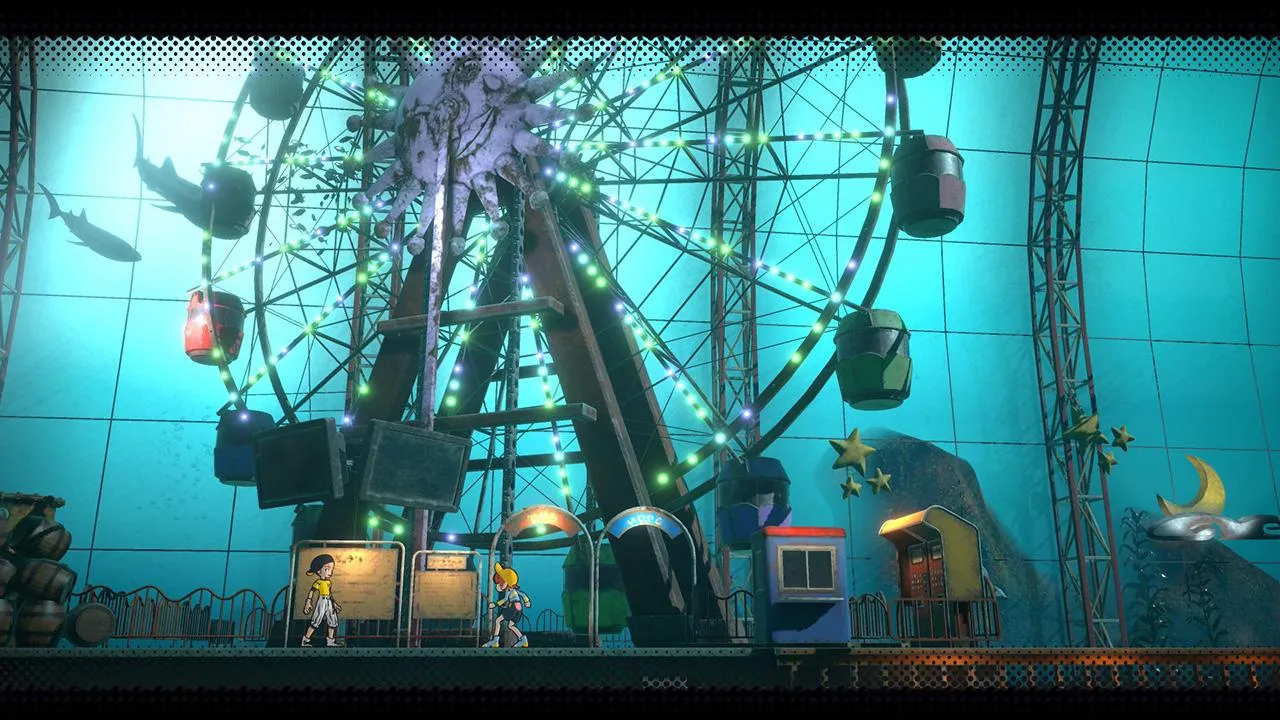
World’s End Club: A Gripping Narrative Hampered by Gameplay
Among the vast landscape of entertainment, video games stand out for their diverse genres and formats, catering to a wide range of players. As mainstream gamers gravitate towards popular genres like action, RPG, and strategy, some older genres, once thriving, have faded into relative obscurity. Adventure games, once championed by titles like Syberia, Broken Sword, and Monkey Island, are a prime example. With gameplay often centered around point-and-click mechanics and dialogue-heavy storytelling, adventure games can feel slow and dated compared to the fast-paced preferences of modern gamers. But does this mean the adventure genre is truly dead?
Developed by Too Kyo Games, the creators of visual novel hits like Zero Escape and Danganronpa, World’s End Club arrived with high expectations. It promised a fresh take on the adventure genre, a revitalization of a seemingly forgotten format. However, standing in the shadow of its predecessors, does World’s End Club possess the strength to carve its own legacy as a memorable experience? Let’s delve into this intriguing title and uncover its strengths and weaknesses.
 World’s End Club Screenshot showing the characters in a seemingly abandoned water park
World’s End Club Screenshot showing the characters in a seemingly abandoned water park
A Captivating Premise
Japanese game developers seem to have a penchant for apocalyptic settings and life-or-death scenarios in their narrative-driven games. World’s End Club follows this trend, placing its characters in a perilous situation. Reycho and his classmates are on a seemingly ordinary bus trip when a meteor suddenly strikes, seemingly obliterating the surrounding city. The impact leaves the students unconscious, and upon waking, they find themselves in a deserted water park. Their ordeal takes a sinister turn with the appearance of a creepy clown doll, who forces them to participate in a deadly game. Each student is given a watch displaying a “mission” for another classmate. Through deduction and cooperation, they must decipher and complete their own assigned tasks.
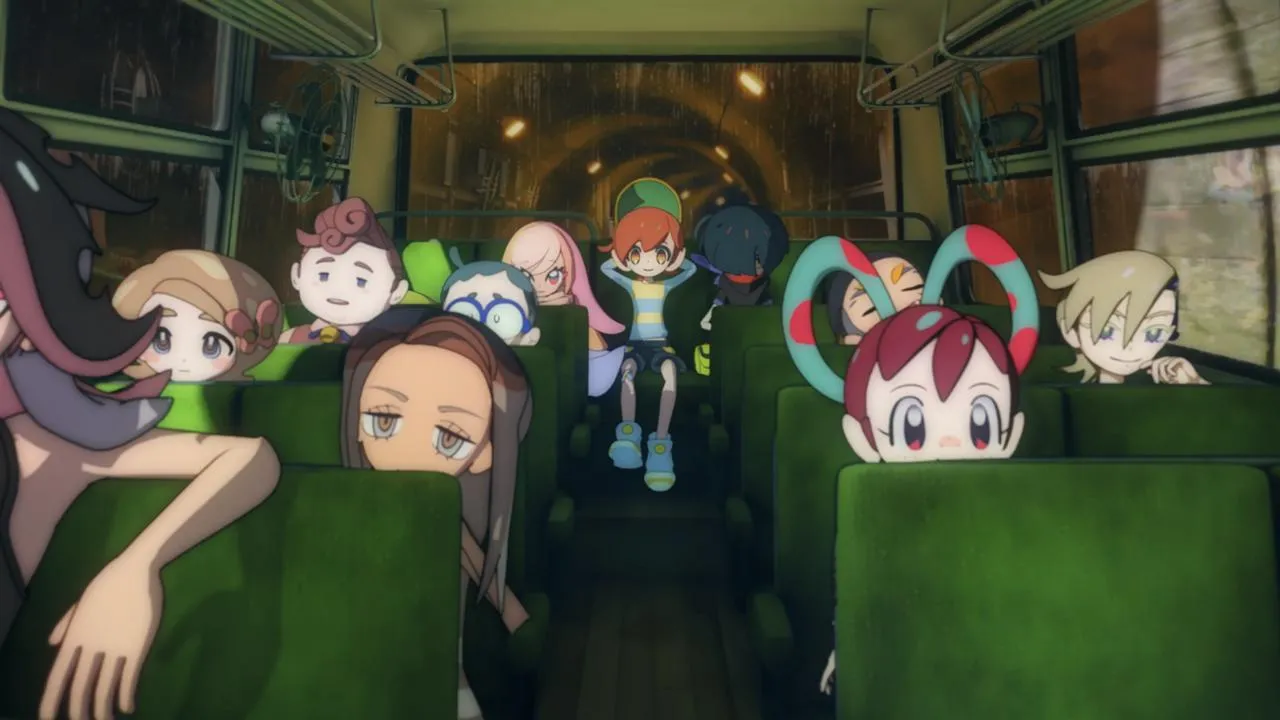 World’s End Club Screenshot showing a close-up of the watch with a mission displayed
World’s End Club Screenshot showing a close-up of the watch with a mission displayed
The cruel twist? Only one can survive. This forces the students to not only complete their own missions but also sabotage each other’s progress. What starts as a group of friends quickly devolves into suspicion, betrayal, and even outright “elimination.” With each stage confined to a strict 60-minute time limit, players must act swiftly and decisively.
Gameplay Shortcomings
At its core, World’s End Club is an adventure game where players interact with events, scrutinize dialogue for clues, and experience the consequences of their choices. To inject some dynamism, Too Kyo Games incorporates platforming segments, adding a layer of action to the gameplay. While initially offering a welcome break from the read-and-click formula, this blend of genres ultimately clashes. The platforming mechanics feel clunky and unpolished. Jumping and grabbing maneuvers lack fluidity, creating moments that feel unnatural and gravity-defying.
 World’s End Club Screenshot displaying the platforming gameplay
World’s End Club Screenshot displaying the platforming gameplay
The constant interruptions of platforming sequences disrupt the narrative flow, making it difficult to connect the dots and deduce the next steps. By over-relying on platforming, the initially engaging storyline loses momentum, further hampered by the lack of truly challenging puzzles.
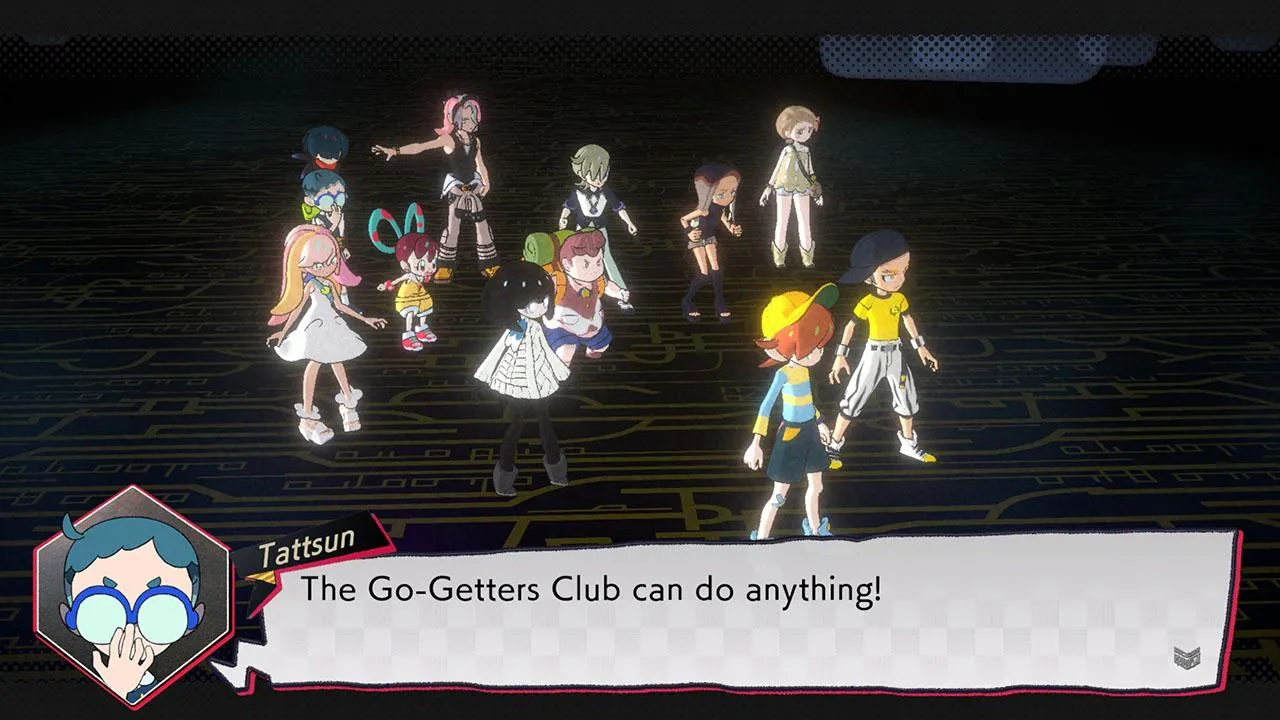 World’s End Club Screenshot of a character traversing the environment
World’s End Club Screenshot of a character traversing the environment
A Dissonant Art Style
The themes explored in World’s End Club are not entirely novel, echoing narratives found in other titles like Danganronpa, Persona, and the Doubt series. The use of a mascot character to drive a darkly twisted plot is a common trope. However, World’s End Club‘s execution feels tonally inconsistent with its subject matter. The art style, with its cartoonish aesthetic and Western-influenced character designs, feels at odds with the grim premise of children forced into a deadly game. This visual dissonance undermines the gravity of the situation, creating a jarring experience.
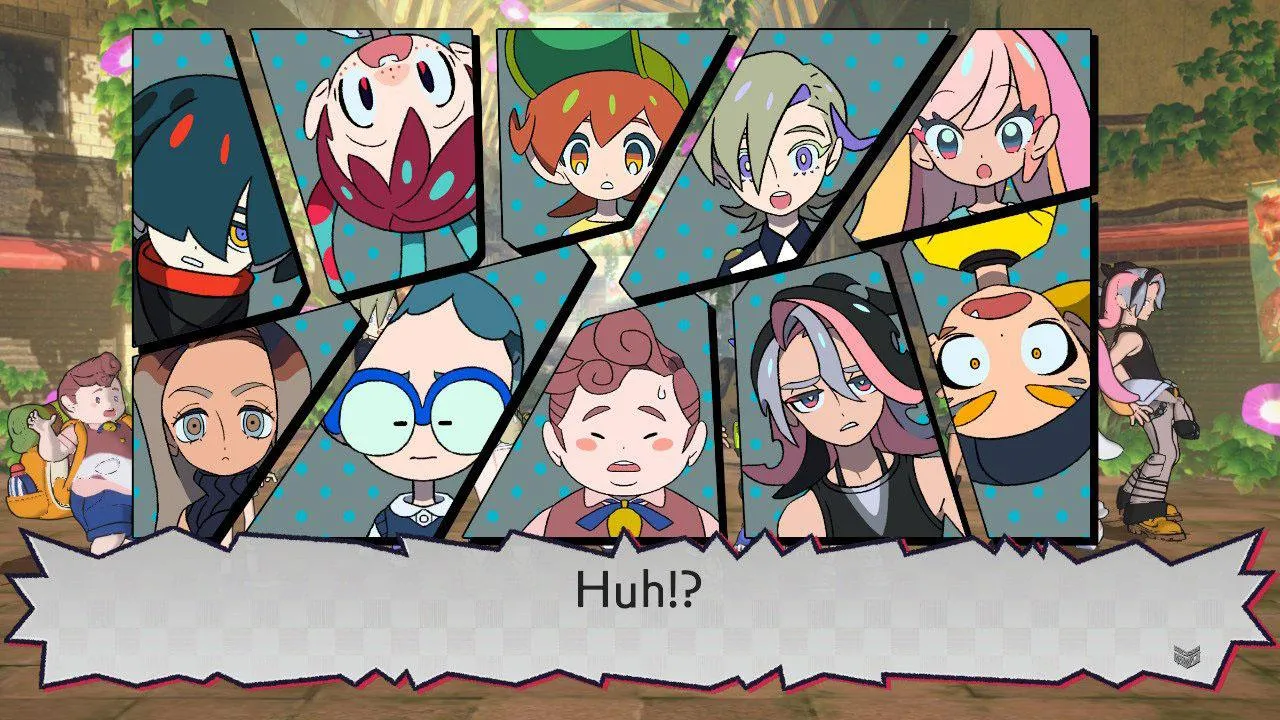 World’s End Club Screenshot showcasing the game's art style
World’s End Club Screenshot showcasing the game's art style
The choice of 3D graphics also feels unnecessary, given the game’s focus on dialogue and 2D platforming. The character models, while attempting a stylized look, appear somewhat distorted and lack expressiveness.
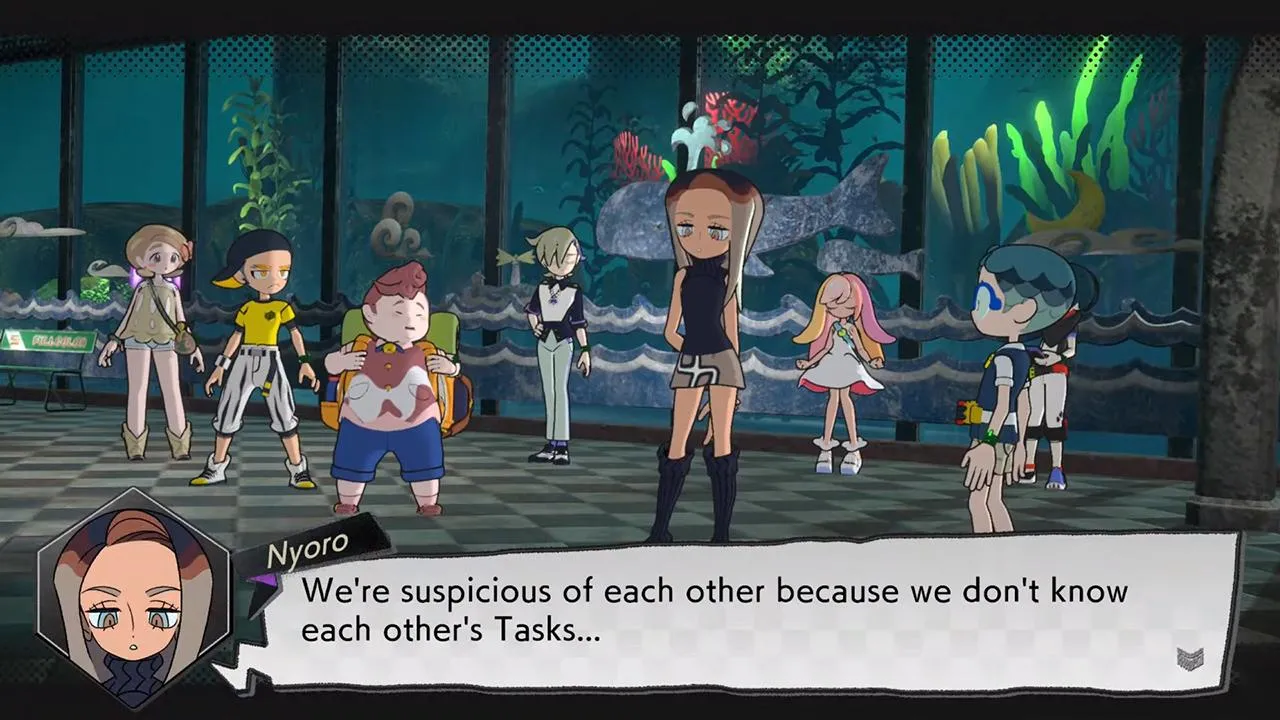 World’s End Club Screenshot featuring the main character, Reycho
World’s End Club Screenshot featuring the main character, Reycho
Finally, the character design itself falls flat. From Reycho to the other members of the Go-Getters Club, the characters are generic and lack memorable personalities. They feel like stock archetypes rather than thoughtfully crafted individuals, further diminishing the emotional impact of the narrative.
Conclusion
World’s End Club presents a compelling premise and a dark, intriguing narrative. However, its potential is significantly undermined by its flawed execution. The clunky platforming mechanics, dissonant art style, and underdeveloped characters detract from the overall experience. While it attempts to revive the adventure genre with a modern twist, World’s End Club ultimately falls short of its promise.
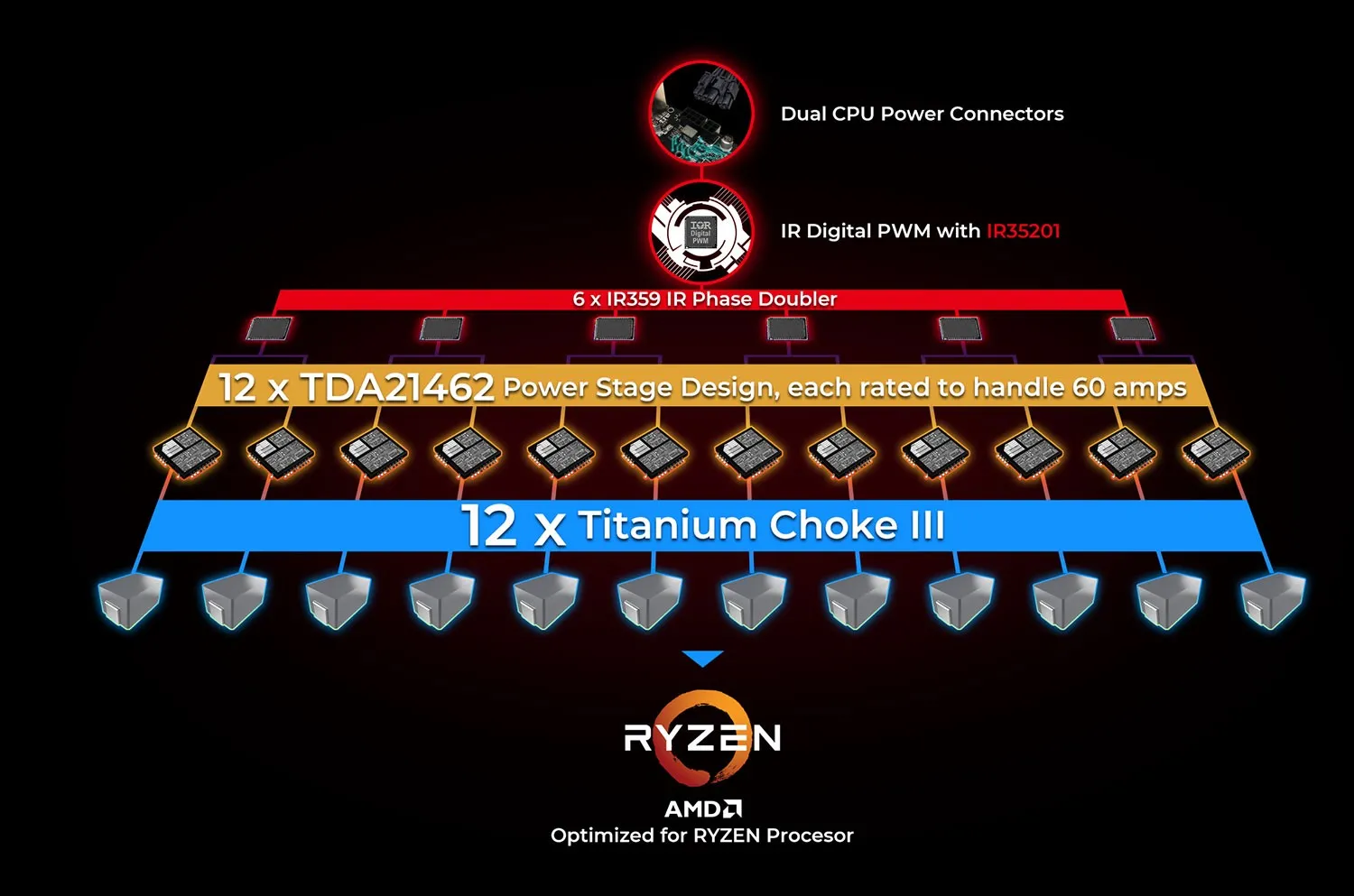


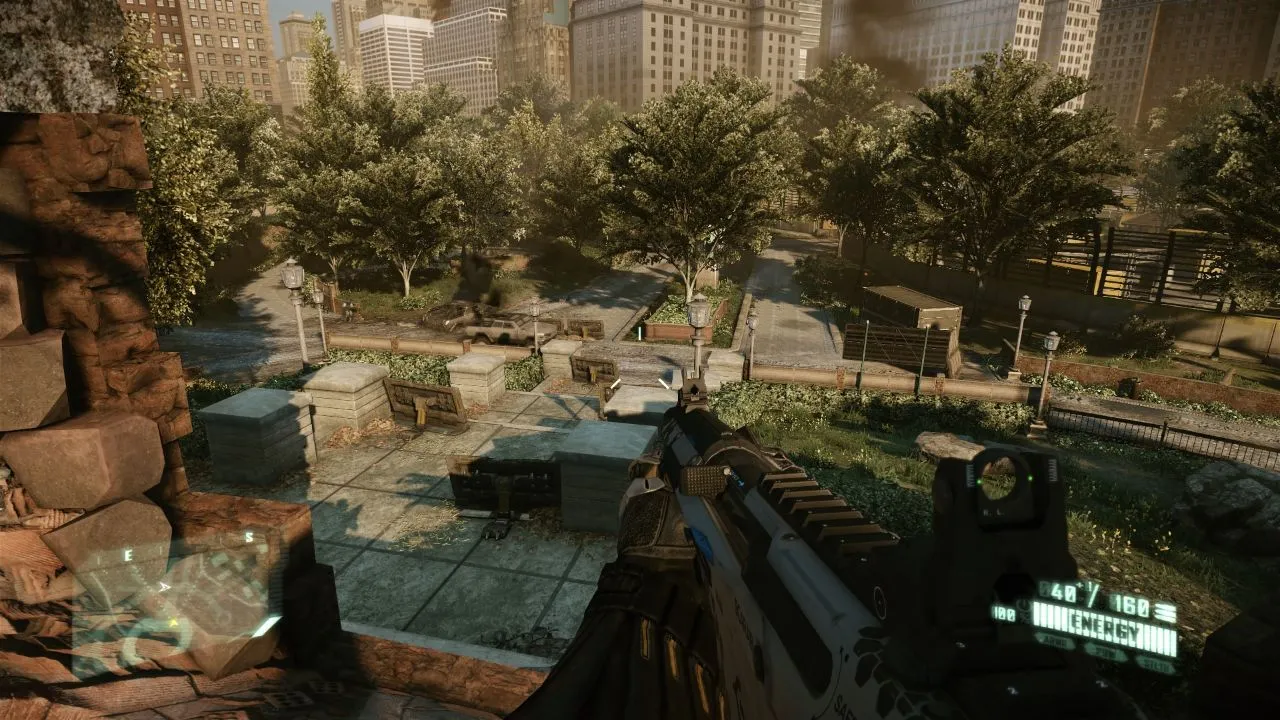

Comments (0)